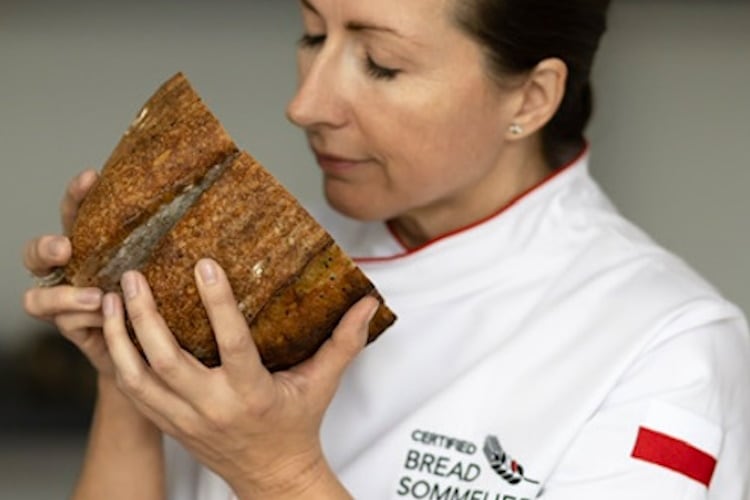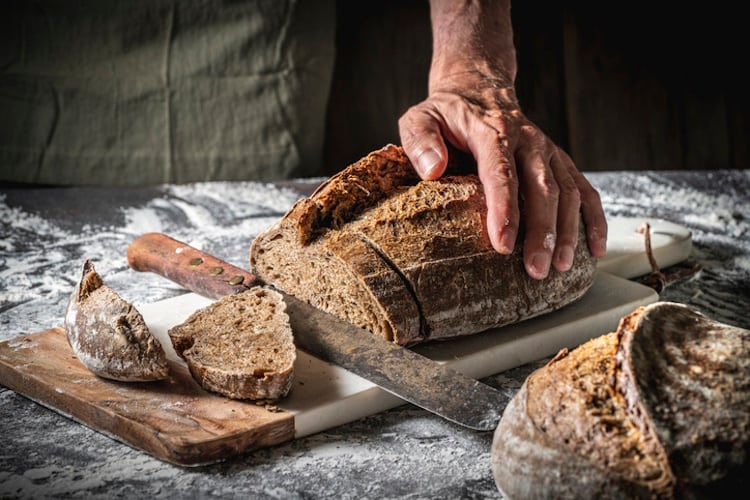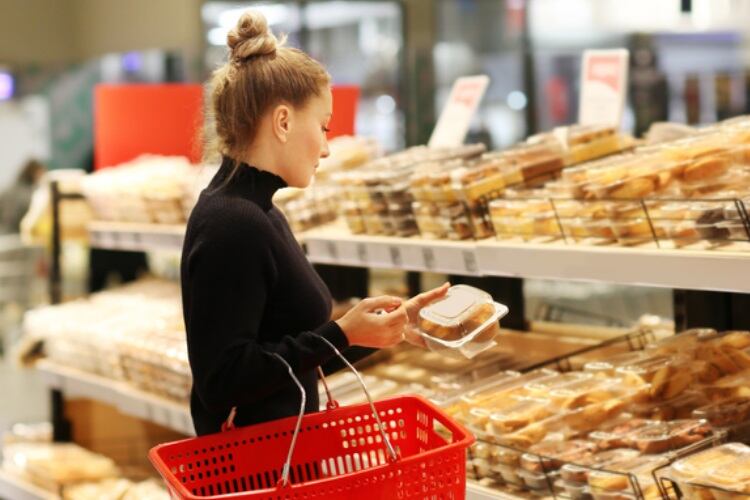Key takeaways:
- Fermentation is evolving from background biology into a frontline clean label and sustainability solution for modern bakers.
- Microbial innovation is tackling two of bakery’s biggest challenges — waste reduction and nutritional improvement — without sacrificing quality.
- As consumers demand transparency, companies like Lallemand are proving that the future of bread lies in smarter science, not fewer ingredients.
When I met the Lallemand team at IBIE held in Las Vegas recently, I expected a technical chat about yeast performance and shelf life. What I got was something else entirely - a conversation about the identity of bread itself and how something invisible could end up changing the direction of the entire bakery industry.
Around the table sat Audrey St. Onge, Antoine Chagnon, Bill Nankervis and Shamla Moodley. Between them, decades of experience in yeast, enzymes and bakery formulation. But what stood out wasn’t the science talk - it was how often the word balance came up.
“People aren’t just looking at calories anymore,” said St. Onge, president & GM of Lallemand’s North American Baking Business. “They’re studying every line on the label - sugar, salt, even the source of the yeast. They want to know why it’s there.”
She’s right. The clean label conversation that started quietly a decade ago has grown into a movement that’s redefining formulations, packaging and consumer trust. GLP-1 weight-loss drugs are reshaping how people eat; retailers are ramping up sustainability demands; and consumers are looking for clarity from brands that, frankly, haven’t always provided it. Bakers aren’t just being asked to make bread - they’re being asked to make better bread, with fewer inputs, less waste and a lighter footprint.
The clean label balancing act
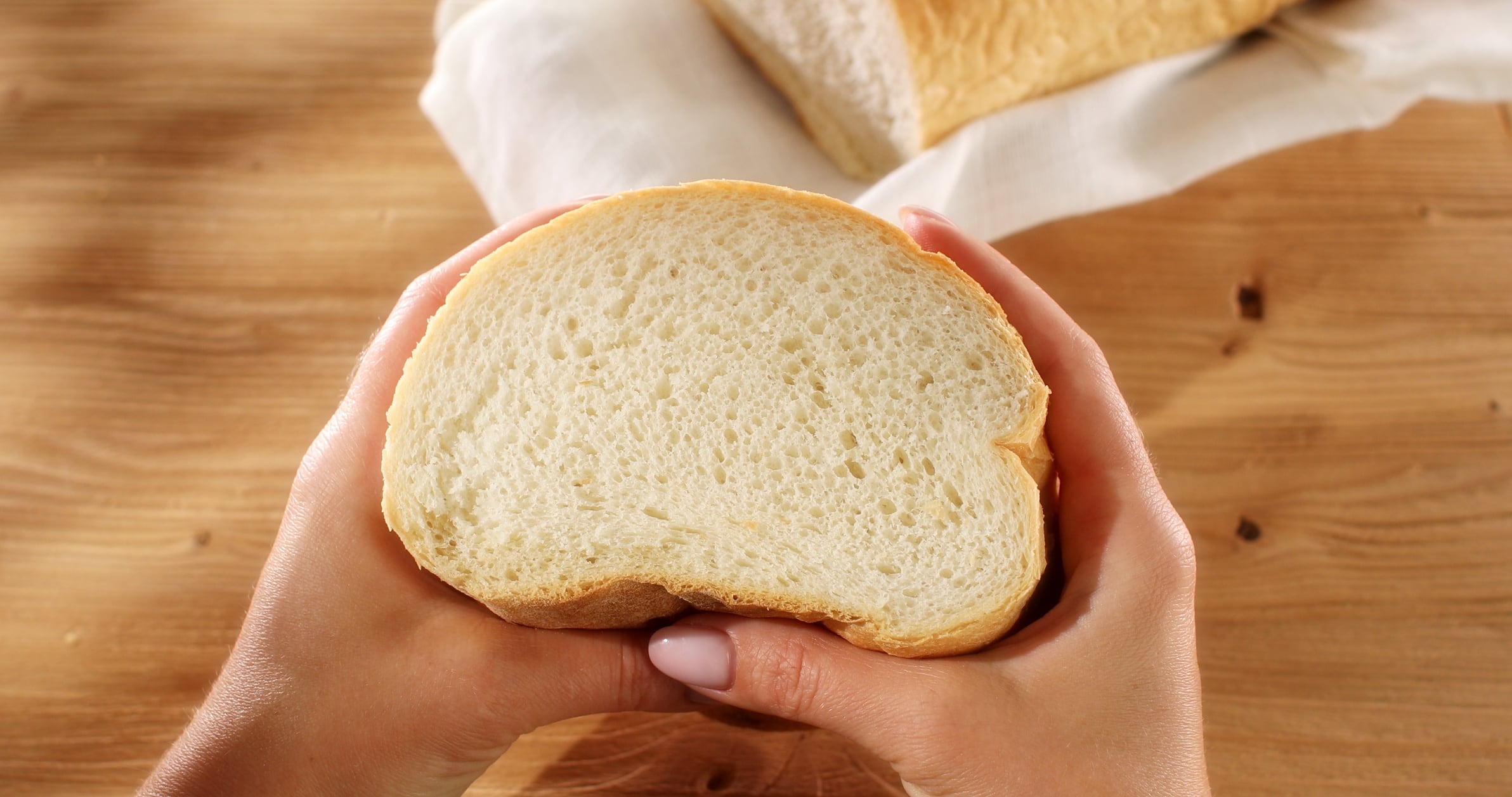
“Clean label shouldn’t mean removing the science,” St. Onge told me. “It should mean using better science.”
That simple distinction sits at the heart of what’s happening across the industry. Reformulating for simplicity sounds good on paper, but it’s rarely straightforward. Remove a conditioning agent or an emulsifier and something else - softness, moisture, shelf life - will give way.
Fermentation is offering a bridge between those competing demands. Yeasts and cultures, once seen as interchangeable, are now being treated like precision tools. The right strain can influence volume, crumb structure, flavor and resilience - all without crossing into ‘artificial’ territory.
“Fermentation’s the oldest clean label tool we’ve got,” St. Onge said.
It’s not as romantic as it sounds. For industrial bakers, handing control to biology can feel risky. “Bakers are used to mechanical consistency,” she added. “You can measure speed, time, temperature. Microbes don’t always behave like machines, but once you understand them, they give you a different kind of reliability — one rooted in nature.”
That rethinking — treating fermentation as precision engineering rather than heritage art - might be the biggest cultural shift happening in baking right now.
Microbial myths vs. reality
Myth: Bread is ‘full of chemicals’.
Reality: Most ‘chemicals’ in bread are natural by-products of fermentation - the same process that makes wine and cheese.
Myth: Yeast is just a leavening agent.
Reality: Yeast is a living culture that shapes flavour, texture and shelf life - and can even improve nutritional profile.
Myth: Clean label means no microbes.
Reality: Clean label and microbial innovation can co-exist; the challenge is educating consumers that natural doesn’t mean inert.
Waste: The hidden opportunity
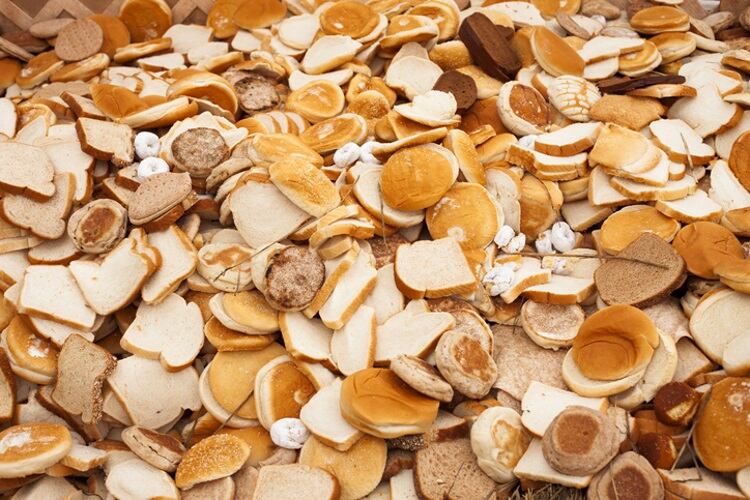
“If we could solve one big problem by 2035, it would be waste,” said Antoine Chagnon president of Canadian fermentation and ingredient specialist.
“Extending freshness naturally - that’s where microbial innovation can make the biggest dent,” he added.
Chagnon noted that waste in the bakery sector is still staggeringly high - close to 20% of bread produced globally never gets eaten. “Every extra day of freshness means less landfill, less energy wasted on production and a smaller carbon footprint,” he said.
He talked about targeted yeast and enzyme systems that slow the starch retrogradation process, keeping loaves softer for longer. “If you can even add one more day to shelf life without preservatives, the impact’s huge,” he said.
Shamla Moodley, who heads marketing and a food technologist, joined in. “Bread’s always been a biological process,” she said. “We’re just learning how to guide it better and to communicate that to consumers.”
Moodley pointed to bakeries testing predictive fermentation, where microbial activity is monitored in real time to fine-tune proofing and baking. “It’s not automation replacing skill,” she said. “It’s science helping bakers make better decisions.”
It’s a pragmatic way to look at innovation - not futuristic, but evolutionary. “Every loaf that stays saleable longer is one less loaf wasted,” she said. “And that’s something consumers can understand.”
Fortification gets a reboot
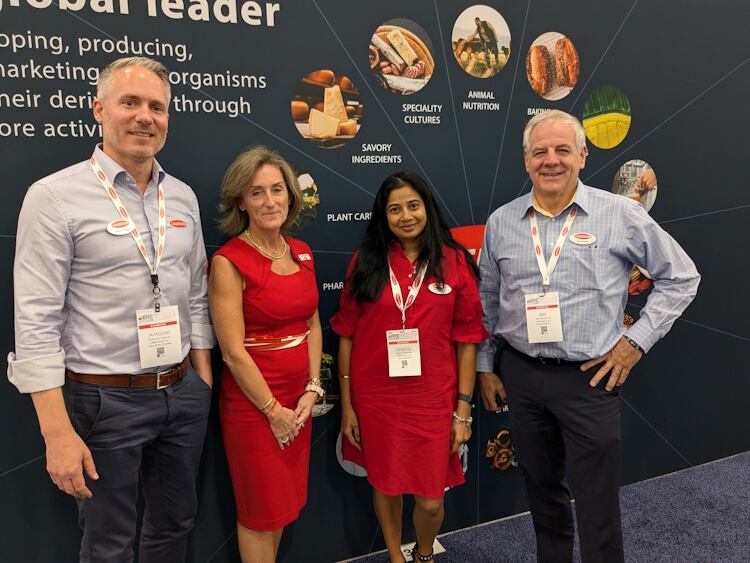
When the topic shifted to nutrition, Bill Nankervis, Lallemand’s executive VP and COO, leaned forward. “There’s a long history of enrichment in this category,” he said. “We shouldn’t abandon it - we should enhance it.”
He was referring to biological fortification - letting microbes do the work of improving nutrition. Certain yeast strains produce B-vitamins naturally; others help unlock minerals already present in flour. It’s fortification that feels natural rather than engineered.
“This makes sense to consumers,” Nankervis said. “They want food that does something for them, but they don’t want to see a chemistry set on the label.”
Still, the pace of change is being slowed by regulation. “There’s a lot of confusion right now,” he added. “Between packaging rules, tariffs and labeling reforms, everyone’s waiting to see which regulations stick before investing heavily.”
It’s a familiar pattern: innovation racing ahead of policy. But in this case, the groundwork’s already laid. Companies that have invested in fermentation are finding they can align their science with clean label messaging without a rewrite.
Fermentation finds its voice
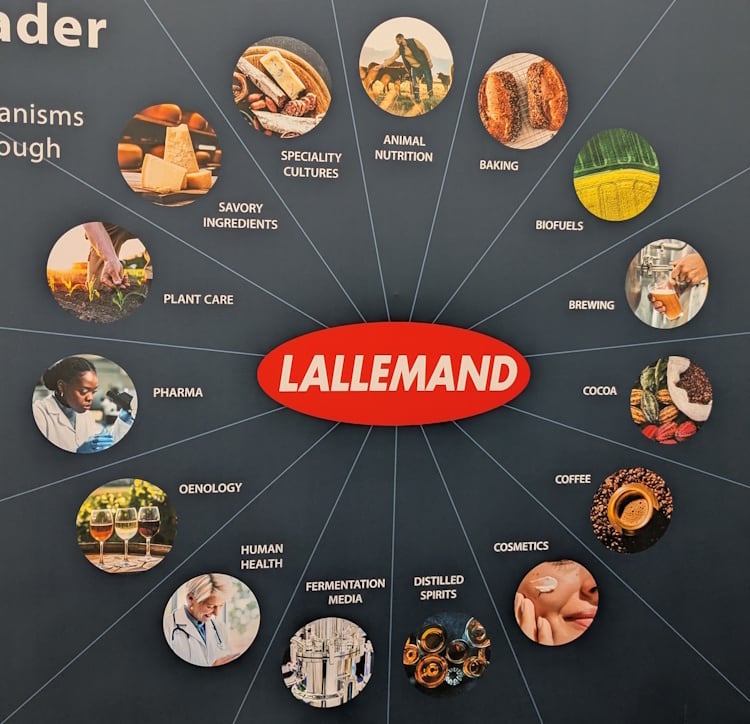
The conversation eventually turned philosophical. Bread, the team emphasized, needs a better story.
“In France or Italy, bread’s part of a shared meal,” St. Onge said. “Here, it’s often just a vehicle - a sandwich wrapper. That’s where the negativity creeps in.”
She’s right. In North America, bread has drifted into the background - seen as filler rather than food. The industrial distance between baker and eater has made it harder to defend.
“Bread’s never been the villain,” said Nankervis. “It’s the additives we misunderstood.”
He explained the biology in simple terms. “A yeast cell’s basically a bag of enzymes,” he said. “We can express enzymes during fermentation that improve structure, flavor, even nutrition. That’s the future - turning natural processes into targeted solutions.”
It’s not flashy, but it’s quietly radical. Fermentation is becoming a design tool again - not the rustic nostalgia of sourdough, but a modern, data-informed system for building better food.
Chagnon’s final comment brought the point home. “The more negativity around bread, the more pressure it puts on everyone - from farmers to packagers,” he said. “We need to own the story again.”
That may be the next great task: not just making cleaner bread but restoring the credibility of the loaf itself.
By the time our conversation wrapped up, the Lallemand booth was shifting gears. Support staff were preparing for an evening event to showcase how enzymes play across multiple categories - not just in bread, but in cheese, wine, beer and fermented meats.
It was a fitting reminder that the quiet revolution underway in bakery isn’t confined to dough. The same microbes driving cleaner, longer-lasting bread are shaping a wider conversation about how food is made and how it can evolve without losing its soul.
5 forces sharing bakery’s microbial future
Food waste legislation: EU and North America pushing targets that will drive demand for natural shelf-life extenders.
Precision fermentation: Rapid advances in microbial science enabling tailored yeasts and enzymes.
EPR packaging rules: Environmental compliance reshaping formulations and waste strategies.
Health-conscious consumers: Appetite for ‘natural fortification’ driving clean label innovation.
AI & automation: Smarter bakeries pairing robotics with real-time microbial monitoring.



